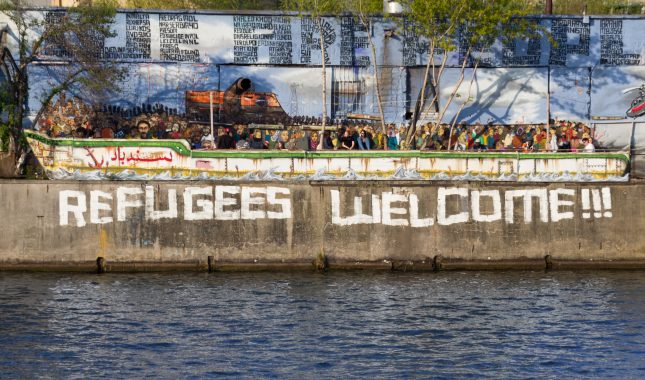Project Description
Over the past decades, the borders of Europe have transformed radically, particularly since the implementation of the Schengen Convention. As has been described widely in the literature, Europe’s border regime has rapidly multiplied through processes of internalization and externalization, transforming into a racialized, biopolitical, imperial, and highly technological regime of control stretching far beyond the geographical lines which demarcate the Schengen Area of ‘free’ movement. Whilst these developments have been explored extensively in the context of Europe’s external frontiers, less attention has been paid to Europe’s internal border regions. '
What can we learn about the proliferation and transformation of Europe’s borders when we examine what happened in these regions since Schengen was implemented? How did the legal landscapes underpinning Europe’s internal borders transform in the wake of the lifting of stationary border checks? Which new complex, overlapping, and often contradictory legal landscapes emerged? Which bordering practices were implemented as a result? Who did these practices target? And how were local communities differentially affected by these practices in the decades that followed?
Neske’s dissertation looks at these questions through the lens of the German-Austrian border region, a region supposedly characterized by free-movement, but in fact a site of intense, if selective, controls that have changed shape over the years. Drawing on archival research, interviews, ethnographic observations, and legal analysis, Neske examines how border governance in the region evolved since 1998, when stationary checks were lifted. In particular, her dissertation highlights the local struggles that took place at three watershed moments (1998; 2008; 2015) over how to perform border control, and explores how the resulting shifting bordering practices differentially impacted people living, working, and travelling in the region.
Through discussing each of these watershed moments, Neske engages with contemporary debates in critical border studies. In particular, she is concerned with the ways in which local and federal border control agents work in conjunction with immigration authorities, local authorities, schools, humanitarian organizations and volunteers to produce and reconfigure relations of power between people with different legal statuses, reinforcing and reworking the way race, class, and gender operate in day-to-day interactions in public spaces, workplaces, and homes.



